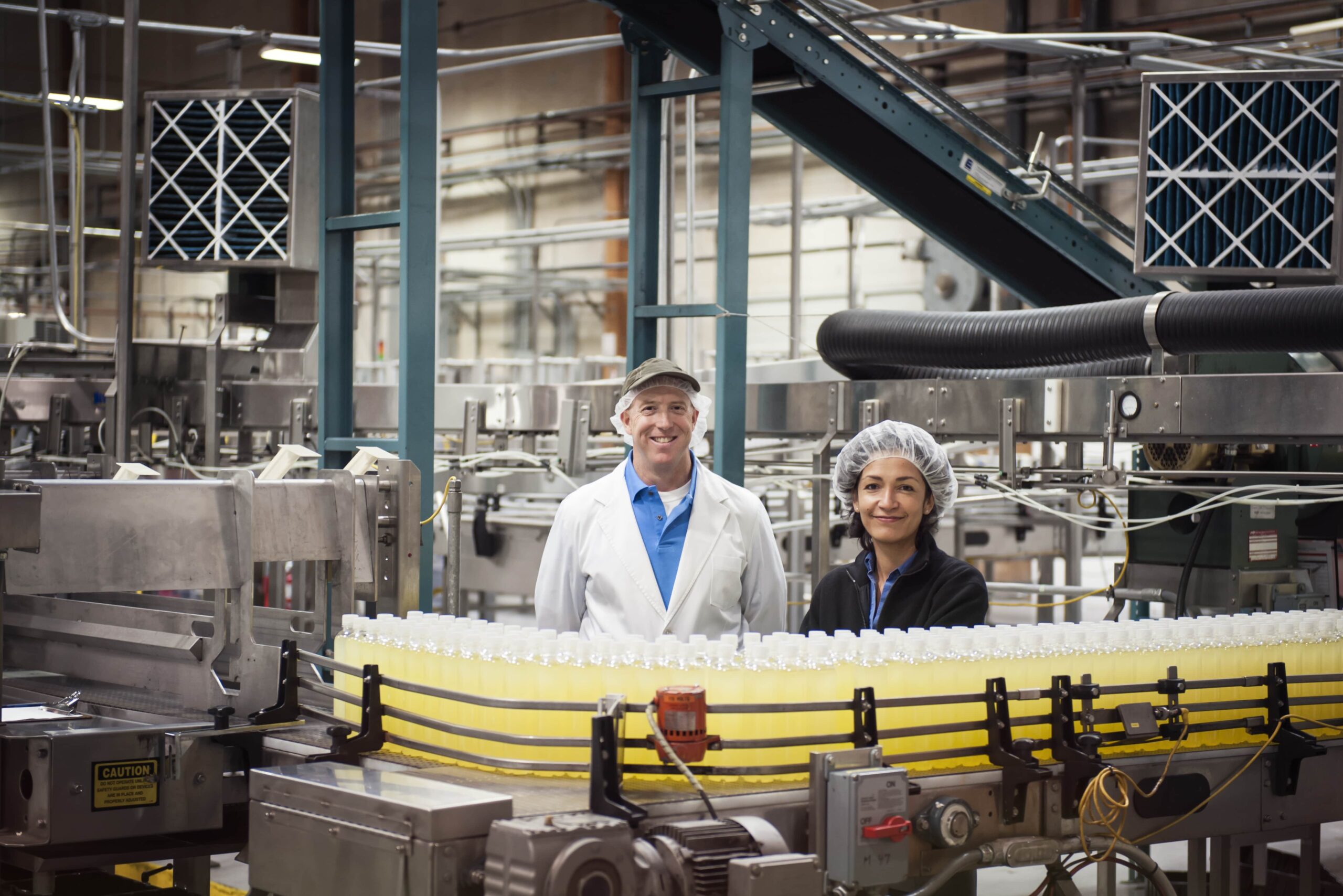Across the globe, countries regulate the safe production of consumer goods through a set of standards known as “Good Manufacturing Practices,” or “GMP” for short. GMP standards protect the public from health hazards by ensuring the consistency, and therefore safety, of manufactured goods.
One critical GMP is the documentation of how goods are manufactured, especially the ones that can directly impact public health. Through a routine document called a “batch record,” businesses can do just that—log how they manufacture consumer goods.
This type of GMP applies to many industries—food, pharmaceuticals, chemicals, etc. And in the United States, the FDA is the regulatory body that oversees these standards.
A brief overview of manufacturing batch records
A batch record is a document that provides details on a manufactured product. It may include information such as:
- Ingredient lists
- Manufacture date
- Expiration date
- Standard operating procedures (SOPs)
- Equipment used
The point of a batch record is to archive past manufacturing activities in case of an incident or a recall.
With a detailed account of how the product was made, investigators can more easily find issues or clear the manufacturer of any wrongdoing. In a way, batch records serve as a type of insurance policy for businesses that produce pharmaceuticals, food, and other products that may affect public health.
Aside from third-party interest in product manufacturing records, creating these documents is also helpful for internal purposes. Not only can it help you track when you produced certain batches, but it also makes it easy to see how you did so.
Even the simple act of recording your process can show you if mistakes were made. And that alone allows you to pull a product batch before it causes a larger issue. From internal recordkeeping to incident investigation, batch records provide value at each end of the manufacturing process.
In general, there are two primary approaches to creating these documents: manual or electronic. Deciding the best method comes down to the size of your operation and the complexity of your processes.
Manual batch recordkeeping systems
Manual batch records are exactly what they sound like: manmade accounts of the manufacturing process for each batch. Typically, a manual batch record is either created on pen and paper or within a proprietary file (Excel, Word, etc.).
There are two ways to store manual batch records: physically within a filing system or digitally on your computer. Either way, keeping the records organized requires some effort and it is not an automated process.
A manual recordkeeping system typically works best for small and/or simple operations. If your manufactured goods don’t involve a lot of SOPs, equipment, or ingredients, for example, creating a batch record won’t take too long. This means you can use the extra time to store and organize all your records.
If you have a lot of variables to document, however, an electronic batch record GMP system is the better option.
Electronic batch record GMP compliance
Unlike their manual counterparts, electronic batch records are created, stored, and organized 100% digitally. If you go this route, you’ll need to make sure that the system you use is compliant with FDA Title 21, Subchapter A, Part 11: Electronic Records and Signatures.
The benefit of creating electronic records and storing them in the cloud is that it makes access much easier. Instead of updating a computer file or putting records in a filing cabinet, you can just edit and upload them directly to a shared space.
Getting a software system to sync with equipment (ex. scales) is an option that some businesses choose if their processes move quickly, and they need to operate some of the recordkeeping processes. Going the software route is easily the more expensive approach up front. But depending on how big your product line or complex your process is, an electronic system can easily pay for itself in time saved.




